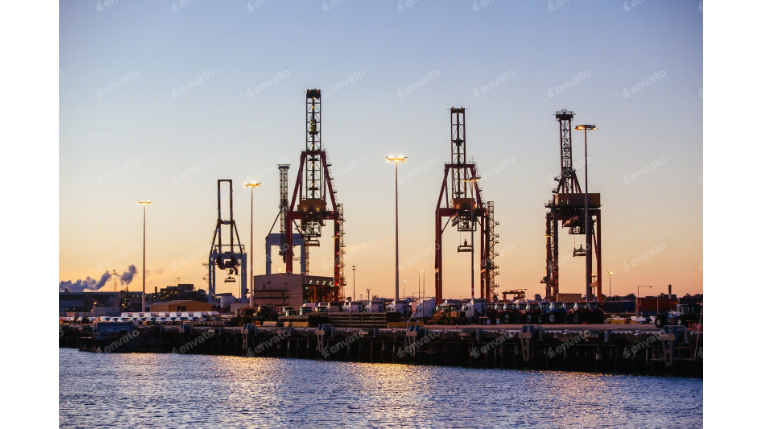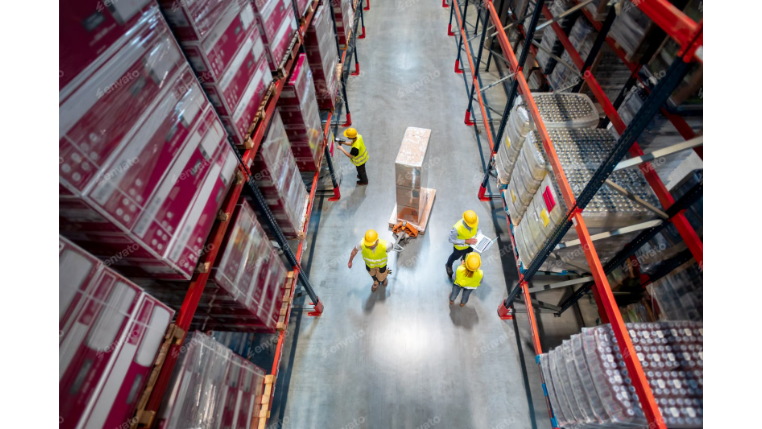Navigating the Trans-Pacific: A Guide to the China-US Shipping Route
The shipping lane between China and the United States is the backbone of modern global trade. It is a powerful conduit for commerce, linking the manufacturing powerhouse of the East with the largest consumer market in the West. For any business involved in sourcing from or selling between these two nations, mastering the intricacies of this route is not just an advantage—it's a necessity. This guide serves as a strategic overview for navigating the opportunities, challenges, and future direction of the Trans-Pacific trade lane.
The Engine of Global Commerce: Why the China-US Route Matters
The economic relationship between China and the United States has defined the 21st-century global economy. China’s vast manufacturing ecosystem produces a significant portion of the world's consumer goods, electronics, and industrial components. The U.S., in turn, is the world's largest importer, with a massive consumer base driving demand. This symbiotic relationship creates a constant, high-volume flow of goods, making the Trans-Pacific the most valuable and strategically important shipping corridor on the planet.
Charting the Course: Major Routes and Transit Times
When shipping by sea, businesses have several established routes to choose from, each with different transit times and costs.
- To the US West Coast (USWC): This is the fastest and most common ocean route. Cargo from major Chinese ports like Shanghai, Ningbo, and Yantian travels directly across the Pacific to key US ports such as Los Angeles, Long Beach, and Seattle. Typical transit times for this journey range from 14 to 20 days on the water.
- To the US East Coast (USEC): For destinations on the Atlantic side, shippers have two main options. The route through the Panama Canal is generally faster, while the route through the Suez Canal can sometimes be a strategic alternative depending on origin port and canal congestion. Transit times to the USEC are significantly longer, typically ranging from 30 to 40 days.
Choosing Your Method: Ocean vs. Air Freight
The decision between ocean and air freight is a critical trade-off between speed and cost.
- Ocean Freight (FCL & LCL): This is the workhorse of the Trans-Pacific lane, accounting for over 90% of trade volume.
- Pros: Highly cost-effective, especially for large, heavy, or non-urgent shipments.
- Cons: Slower transit times make it less suitable for time-sensitive products and more vulnerable to port congestion delays.
- Air Freight: This is the express option for moving goods quickly.
- Pros: Extremely fast transit times, typically 5 to 10 days from factory to final destination. Ideal for high-value electronics, perishable goods, or urgent inventory replenishments.
- Cons: The cost can be 5 to 15 times higher than ocean freight, making it unsustainable for most products.
Navigating the Hurdles: Key Challenges on the Trans-Pacific Lane
While essential, this route is not without its complexities.
- Port Congestion and Bottlenecks: The sheer volume of cargo can overwhelm even the largest ports. The congestion seen at Los Angeles and Long Beach in recent years highlights how easily bottlenecks can form, causing significant delays.
- Strict Customs and Regulatory Compliance: U.S. Customs and Border Protection (CBP) has stringent requirements. Accurate documentation is non-negotiable. Shippers must ensure the Commercial Invoice, Packing List, and Bill of Lading are perfect. Furthermore, the Importer Security Filing (ISF 10+2) must be submitted at least 24 hours before the cargo is loaded onto a vessel, with severe penalties for non-compliance.
- Shifting Trade Policies and Tariffs: The geopolitical climate between the U.S. and China remains dynamic. Businesses must stay informed about current tariffs and trade policies, as sudden changes can dramatically impact the landed cost of goods.
The Future of Trans-Pacific Trade: Key Trends to Watch
The China-US trade lane is constantly evolving. Businesses should be prepared for three major trends:
- Digitalization and Enhanced Visibility: The industry is rapidly moving away from paper-based processes. Digital platforms for instant quoting, booking, and real-time shipment tracking are becoming the new standard.
- Green Logistics: There is growing pressure on shipping lines to decarbonize. Carriers are investing in more fuel-efficient vessels and exploring alternative fuels like LNG and biofuels. Shippers will increasingly have options to choose "greener" shipping services.
- Supply Chain Diversification: While the "China Plus One" strategy has led some companies to explore manufacturing in other regions like Southeast Asia or Mexico, China's manufacturing scale remains unmatched. The China-US lane will continue to be dominant, but it will exist within a more diversified global sourcing network.
Conclusion
In conclusion, the China-US shipping route will remain a cornerstone of global commerce for the foreseeable future. Success on this lane requires resilience, meticulous planning, and the adoption of modern technology. Navigating its complexities demands a powerful digital toolkit. A modern logistics platform like Modaltrans provides the end-to-end visibility, rate management, and documentation tools necessary to manage shipments on this critical trade lane, empowering businesses to make smarter decisions and build more agile supply chains.










